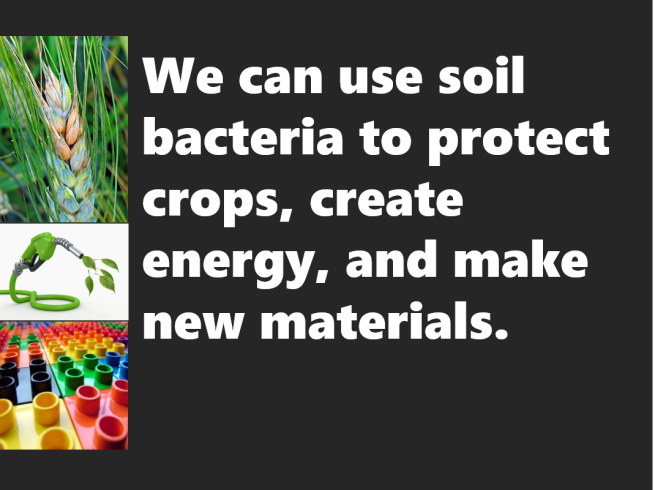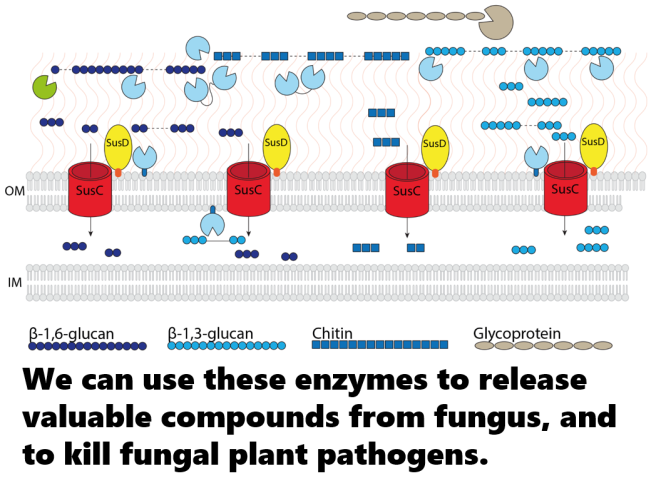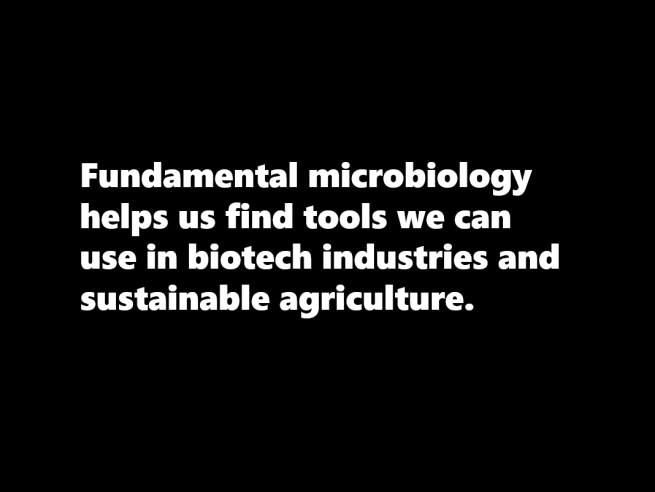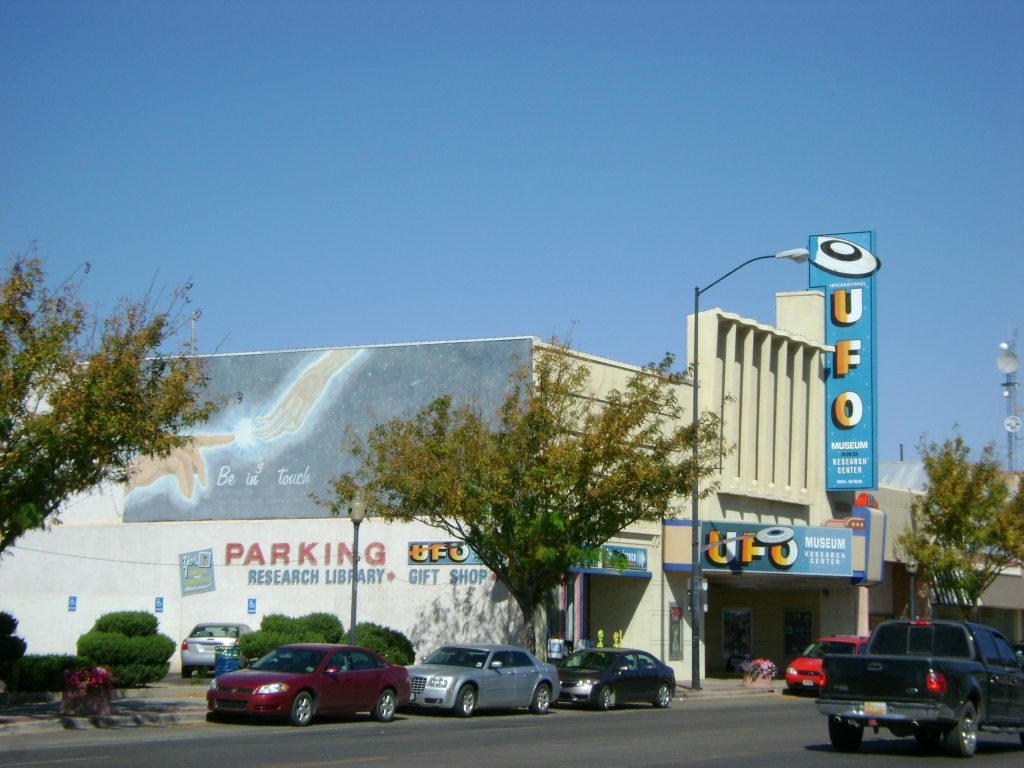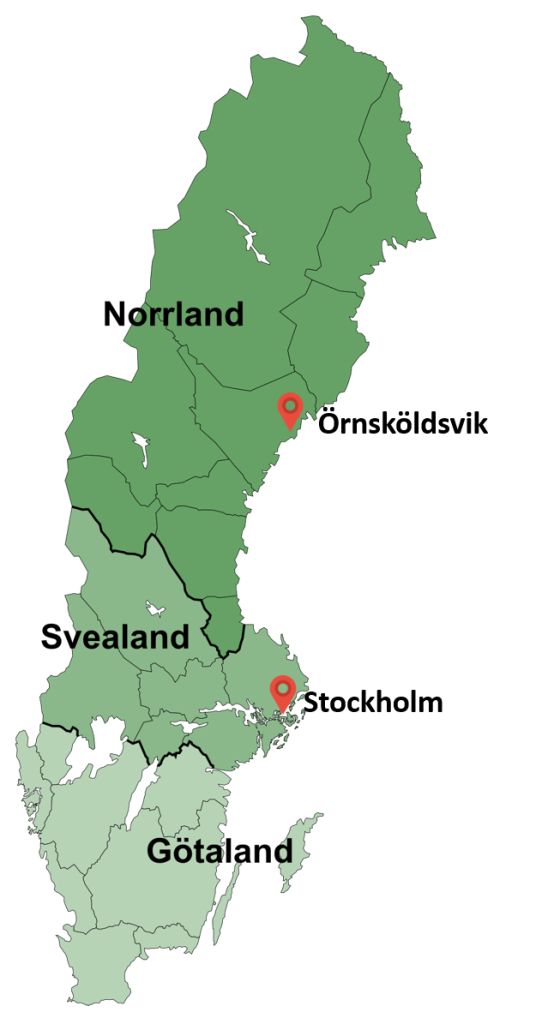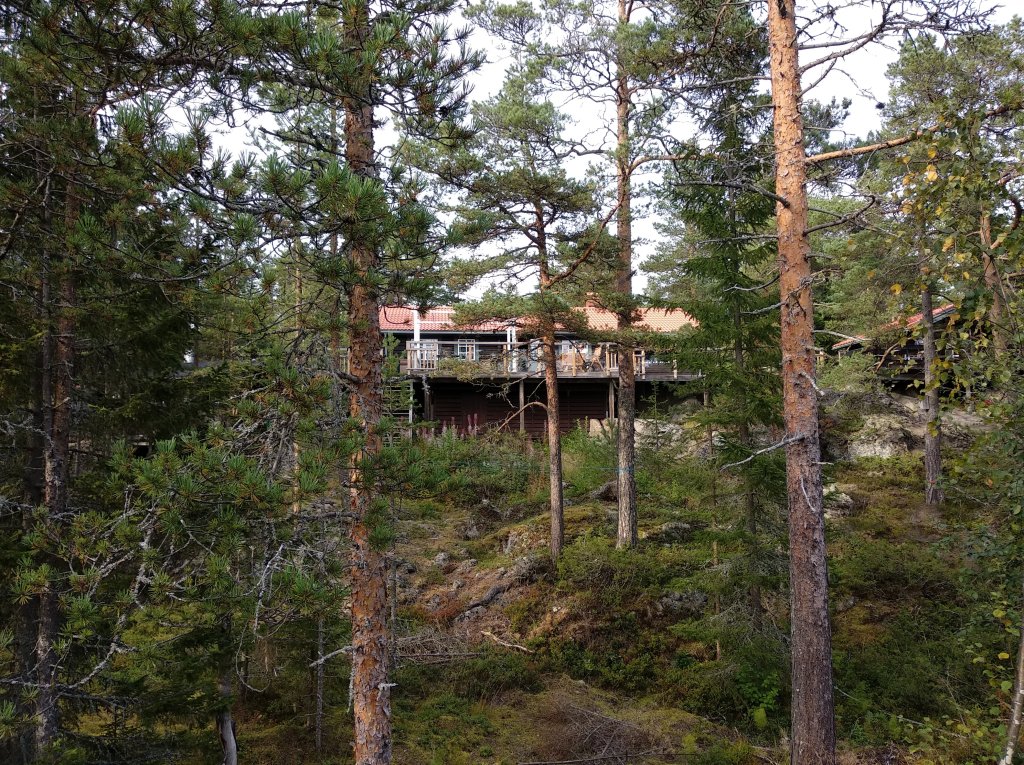Practical aspects of doctoral student supervision in Sweden
Doctoral education in Sweden is undertaken within a precise framework of third cycle learning outcomes in accordance with the Bologna Process, which ensures comparability of qualifications throughout the European Union. The Swedish framework is built on the Högskolelagen of 1992, while the education provided must follow KTH regulations, and abide by subject-specific study plans.
At KTH Royal Institute of Technology, doctoral education is a 4-year programme, with the greatest variation in actual completion time being at the school level, due to differences between fields in the tractability of research goals, the ease of publication, and different funding models. A doctoral student is enrolled to work in a specific subject area; this places the student within a certain programme (e.g. Doctoral programme in Biotechnology) and within the school that can best provide appropriate education (e.g. School of Biotechnology). It is the supervisor’s responsibility to ensure that the student receives the training, guidance, and support they need, but their subject-specific learning goals are set by the programme’s Director of Research Education (FA). Based on these intended learning outcomes, the student and supervisor must work together to produce an Individual Study Plan (ISP), defining the roles and responsibilities of both parties, and to describe an approximate plan for degree completion.
The Swedish government’s Higher Education Ordinance (Högskoleförordningen) of 1993 states that doctoral students should acquire the ability to formulate clear research goals, plan and perform a rigorous investigation, successfully communicate their results on written and oral platforms, and contribute to societal development and education. All of these skills can be acquired within 4 years by a good student who receives effective supervision, which I will try to define in the following paragraphs.
How doctoral students learn and develop
To become a quality researcher working independently in academia or industry, a student needs to witness first-hand what ‘good’ research looks like. Different students have different preferred modes of learning, and all go through phases where their motivation, interest, and ability fluctuate (Taylor and Beasley 2005). It is therefore necessary for the supervisor to be empathetic and aware of a student’s changing needs, in order to modulate supervision as appropriate throughout their time as a doctoral student. We supervisors are encouraged to consider three main aspects of supervision to optimise our approach to a student:
- Situational leadership allows me to shift how directive or supportive my supervision is when a student’s ability to work independently wavers. A student can suffer from a loss of confidence if a major experiment fails or a favourite hypothesis is proven wrong, and this can lead to lack of motivation and even some difficult interpersonal behaviours. Students need more emotional support in these situations, and it doesn’t help to be angry with them (Doloriert and Sambrook, 2012).
- A project management approach focusses on the student’s ability to produce results for their publications and thesis. This requires detailed discussions with new students to ensure that goals are clear, and that steps are laid out to ensure they gain the required skills. A key factor here is to ensure that the student can recognise success, or the need for modifications to an experimental plan. This approach allows students to gain autonomy in their work.
- Deliberate practice is the notion that a supervisor should constantly work to improve their own performance as a supervisor, while the student is making the same efforts to improve their performance as a researcher. Self-reflection helped me to realise a need to be much more assertive with students and colleagues, to defend my opinions, and to speak up against unethical practices.
The impact and importance of supervision
As discussed by Löfström and Pyhältö (2015), students and supervisors often have different expectations of their roles and responsibilities. I see my role as a supervisor to be an individual who models good practice. As discussed by Gray and Jordan (2012), this includes technical rigour, ethical reporting skills, and an awareness of the consequences of our work. Good ethical behaviour helps to maintain a high level of public trust in science. Every individual scandal damages the whole of science, and so the importance of preventing even minor ethical lapses cannot be over-stated. This must be a primary goal in doctoral education, as we aim to produce future research leaders.
My own past supervisors all had long careers of scientific excellence and modelled the highest standards of research practice. I try to follow their examples with my students, taking the time to teach them the right way of designing an experiment, and the most honest ways of sharing their data. I often find myself telling research students at Master’s and Doctoral levels to slow down – if you rush through an experiment you will only end up repeating it, spending more time in the long run.
One ethical minefield when working in academia is how to maintain relationships between researchers. Globally, researchers in my field form quite a small community, and ethical research behaviour sometimes runs counter to the necessity of maintaining a network of friendly contacts. This most often involves questions of authorship on papers, where senior colleagues are included as a courtesy or because their name carries prestige (Bozeman and Youtie, 2016). I support the ethical requirements for authorship set out by the Vancouver protocol, but I understand the pressure (sometimes coming from ourselves internally) to include senior members of a supervision team who were not technically involved in a piece of work. By contrast, I have seen several instances where students have been reluctant to give due credit to other team members, fearing that their inclusion would ‘dilute’ their own contribution in the eyes of readers. I try hard to explain the importance of honestly acknowledging the contribution of all group members for ethical reasons, as well as ensuring continued positive relationships by not initiating interpersonal conflicts at the beginning of your career! As one of my supervisors once explained to me, it is better to be generous in your interpretation of the Vancouver regulations than to make people feel they have been unfairly left out.
Another important ethical consideration is the relationship of our research to society at large. It can be tough to help a student see the ‘big picture’ around a research project when they are naturally focussed on the short-term goal of completing their own education. I try to give students as much context on their work as possible, to help them make informed decisions about their future career and educational choices. After spending several years in limbo, uncertain of whether the academic path was really for me, I now make an extra effort in my mentoring of female students, who still have limited role models in our field. I have promoted female students to speak at prestigious international conferences and pushed them to stand up for their over-looked contributions to group work to ensure they get sufficient credit. It is an unfortunate truth that female academics in the life sciences still struggle for recognition and representation in positions of authority, including journal editors, conference organisers, and full-time faculty, despite a high proportion of female students (Wennerås and Wold, 1997; Haake, 2011). We need to be honest about this with young students at the beginnings of their research careers, or it can come as a sharp shock to find yourself as the only senior female in an academic or industrial group.
Defining and practicing ‘quality supervision’
Quality supervision requires good communication, and there are several ways to achieve this. At my university, a student’s ISP is an important pedagogical tool that can be used to monitor progress, plan future steps, and detect any problems. It is important to follow the requirements for at least an annual update to the ISP, as it can also guide effective discussion with the student.
Philips and Pugh (2010) discuss how poor communication can lead to students and supervisors having very different perceptions of their relationship. Clearly setting the intended outcomes of all formal communication helps with this. Many students now expect to have formal, structured sessions with their supervisors, something I did not often receive as a student, and something that can be very tough for supervisors who have large groups or who travel a lot. Communication can be impeded when the parties involved have different expectations of how often they should meet, or what meeting outcomes should be. It is useful to plan formal meetings with students by agreeing on topics for discussion, such as asking a student to bring a recent draft or dataset, and allowing them to lead the discussion. With some students who struggle to follow through on meeting discussions, I ask them to type up and circulate brief minutes to check their understanding of our discussion.
A related aspect of quality supervision is regular and effective feedback, either on a student’s written work or on their behaviour more generally (Handal and Lauvås, 2005). With written work, I try to give feedback on structural errors and ‘the big picture’ of a piece of work before critiquing fine details of language, grammar, and syntax. This is because major structural errors in an article are a greater impediment to data communication than poor language but also because, as I have witnessed, this approach is more motivating (I should say: less demotivating) to students (Lee and Murray, 2015).
Giving feedback on a student’s behaviour is much more fraught than assessing written work, but it is required on occasion. Part of shaping a student into an employable researcher is instructing them in the behavioural expectations of a typical workplace. A good recommendation is to describe any problematic behaviour in terms of its impact on other co-workers (which can include you, the supervisor), rather than by direct criticism. This should encourage the student to reflect with empathy on their own attitudes and actions, and then make appropriate changes. I have had some extremely awkward conversations with students who have seemed not to respect certain boundaries or certain (groups of) people. It is not easy but it is so very important – if these social lessons are not learned in the educational institution, then the graduate is not prepared for consequences of their behaviour, and we have failed to get them ready for the world of work.
Tensions and difficulties will arise in all supervisory relationships, and it is important that both student and supervisor continually re-assess the relationship and their own behaviour. Indeed, it is important to be mindful of all facets of interaction with a student. Simple things like the physical environment where a meeting is held are important. If a student and supervisor sit at opposite sides of a large desk, the power dynamic can be traumatic for the student. I try to meet students formally in a ‘neutral space’ near both of our offices, and we sit side-by-side at a round table. This allows much easier discussion and exchange of ideas, and encourages the student to participate actively and to have their own ideas about how to solve problems.
Self-reflection: Strategies to improve my supervision
The most important lessons I have learned are that no two students have the same needs or expectations, and that continual self-assessment is required to provide tailored supervision. Some supervisors have raised concerns that standardised training for doctoral supervisors may lead to less individuated graduates (Halse, 2011), but I consider it important that supervisors are accountable to their school and to their students.
The academics I have spoken to (mostly male, because those are the seniors I have access to) have wildly different opinions on how friendly the relationship with a student should be. Some want to be perceived as a distant authority figure, while others almost want to become best friends with their students. This is a point of some difficulty for me. Philips and Pugh (2010) recommend a very friendly relationship, going for one-on-one lunches, coffee breaks, or evening drinks. Technically, I suppose it is good advice to be friendly, because a hostile relationship will not permit the type of open communication required by quality supervision, but I think they downplay the importance of professionalism in recommending the cultivation of actual friendship. In my experience, it is a mistake to be too friendly with certain students, as it can sometimes lead to a lack of respect for the supervisor’s recommendations, especially (and I say this from bitter personal experience) when there is a female supervisor and a male student, and extra especially when the male student is a little older than the female supervisor. A blanket recommendation to encourage friendship also ignores the risk for inappropriate behaviours, student discomfort, and even abuse that might result when people who have very different levels of power are trying to socialise on equal terms.
A particular issue I have had in supervision is becoming too involved in the writing of students’ manuscripts. Article writing should be an iterative process of incremental improvement, but time constraints can make it tempting to step in to finish a manuscript quickly. Many supervisors experience this overreach due to the same motivating factors (Halse, 2011). I know that a helping hand towards independent action is much more useful to students in the long term than a quick fix to get a paper published, and I want to try to hold back and allow students to take the initiative to improve drafts, so they learn to watch out for their own most common errors. Positive feedback (“this draft is much improved”) is much more motivating than negative criticism (“this still needs a lot of work”). In addition, rather than sending drafts by email between myself and a student, I should take time to sit with the student at a computer and work on improving the first draft together. This will let me ensure that the student understands the changes we are making, as well as allowing me to see their immediate reactions to my comments. I will also recommend students attend a course on academic writing, and suggest that a reflective diary might be a useful way of continually honing their writing skills (Taylor and Beasley, 2005).
One of the main difficulties in my experience as a co-supervisor has been to do with my secondary role in the supervisory team (Gunnarsson et al, 2013). Managing the unequal relationships between student and supervisor, but also between co-supervisors at different career levels, can be very tricky and can also intersect with issues relating to age, gender, and ethnicity/nationality (Watts, 2010). I have found that managing these relationships sometimes takes more time and energy than the actual supervision requires, and it can feel like a burden, although I do believe that a well-rounded supervisory team gives a student a broader education as well as a deeper base of support during their studies. In some cases, the co-supervisor bears the weight of actual daily supervision, while in other cases the co-supervisor never knows what the student is up to – this depends on the main supervisor, and how much influence they want the assistant co-supervisor to have. Either way, the co-supervisor is not involved in student recruitment or project design, which can be frustrating. In future, I should better establish the expectations on each member of the team when a project first begins, which should lead to fewer tensions. I also look forward to being able to recruit my own students to work on projects I have designed.
I think it is extremely important to instil students with a sense of how their work affects the world at large. I have been inspired by the KTH Impact project to think about my own work in a much broader sense, and will produce an impact plan for my group. This will include our hopes for student education and career development. It will enable me to better integrate my research with the education I provide, as well as helping us work towards a positive societal impact. It will also promote ethical behaviour within the group, so that my students contribute to a principled research community.
Taylor and Beasley (2005) describe how the PhD was originally intended to create career-academics, but many graduates now go to work in industry instead. I feel that the career planning needed to navigate this issue is lacking in doctoral training. With future students I will discuss long-term career prospects from the very beginning, even at the recruitment stage. It is important to me to know that the student is aware of what they can realistically gain from their studies in terms of future employability. Similarly, it is important that students gain skills that will prepare them for a non-academic career. ‘Transferrable skills’ are vital, and can be gained by planning projects, supervising younger students, attending conferences, presenting work to diverse audiences, preparing formal reports, and writing popular science pieces. It is also vital that students can recognise the skills they gain, so that they realise their own potential, and so that their view of what they can do with their doctorate does not narrow – I know I could have benefitted from that kind of motivation early on.
Reading
B Bozeman and J Youtie (2016) Science and Engineering Ethics 22 1717-1743
C Doloriert and S Sambrook (2012) European Journal of Training and Development 36 732-750
PW Gray and SR Jordan (2012) Journal of Academic Ethics 10 299-311
R Gunnarsson, G Jonasson and A Billhult (2013) BMC Medical Education 13 134
U Haake (2011) Higher Education 62 113-127
C Halse (2011) Studies in Higher Education 36 557-570
G Handal and P Lauvås (2005) Nordisk Pedagogic 3
A Lee and R Murray (2015) Innovations in Education and Teaching International 52 558-570
E Löfström and K Pyhältö (2015) International Journal of Science Education 37 2721-2739
B Mitchneck, JL Smith and M Latimer (2016) Science 352 148-149
EM Phillips and DS Pugh (2010) How to Get a PhD: A Handbook for Students and their Supervisors (5th edition)
K Sanders, TM Willemsen and CCJM Millar (2009) Sex Roles 60 301-312
S Taylor and N Beasley (2005) A Handbook for Doctoral Supervisors
JH Watts (2010) Teaching in Higher Education 15 35-339
C Wennerås and A Wold (1997) Nature 387 341-343



